FREE Shipping on Orders over $89 with Account – Create One Today!
- (844)-859-9400
- Get Help
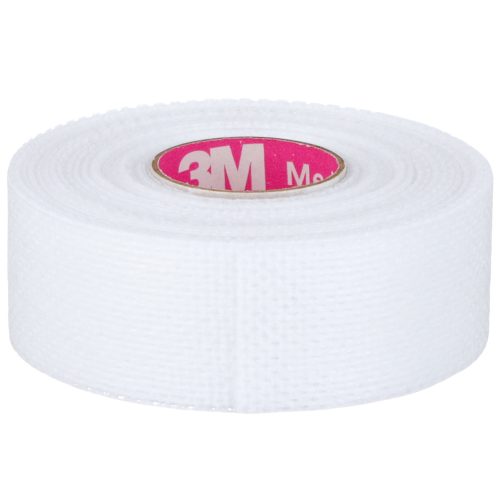
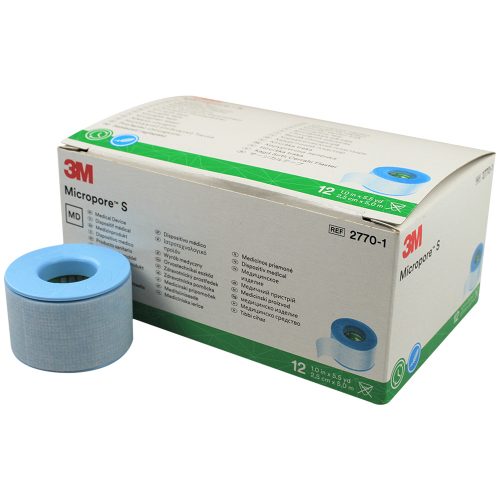
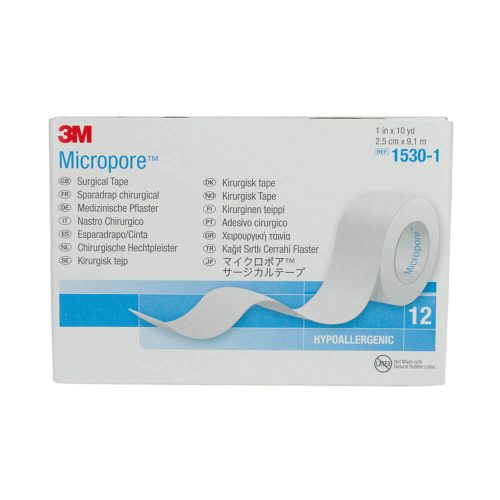
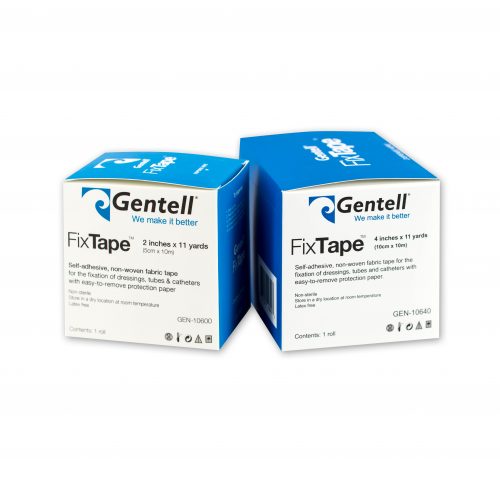
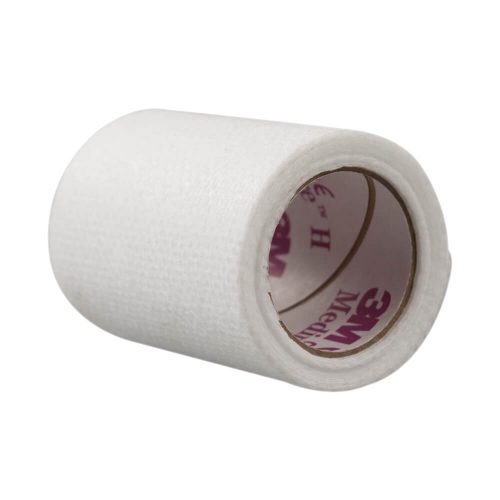
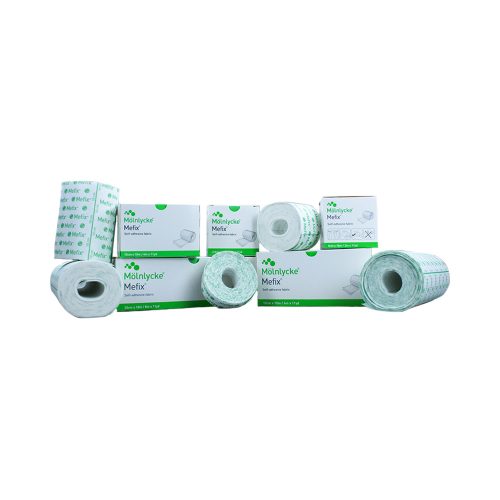
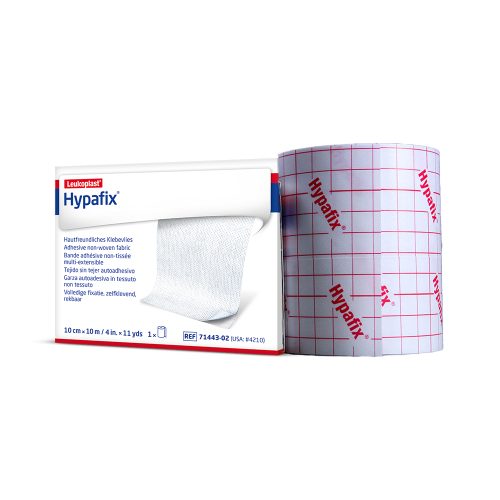
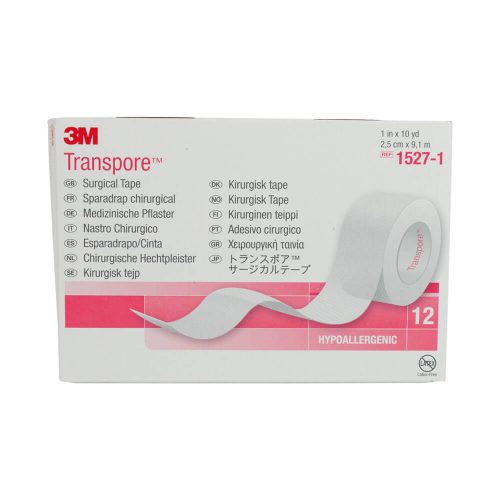
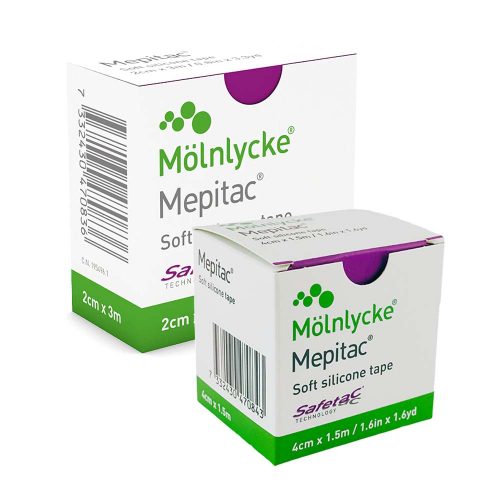
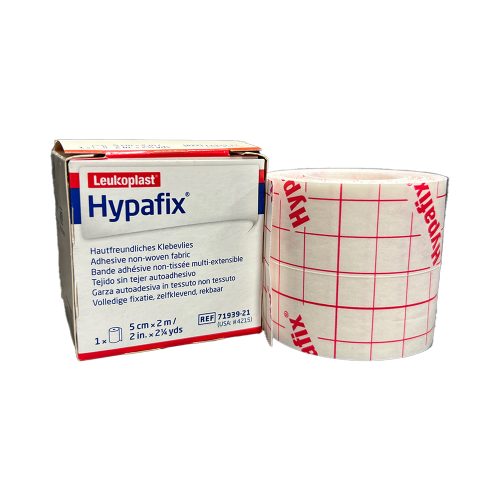
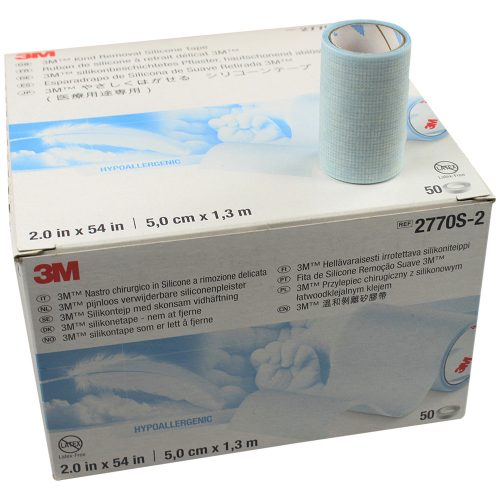
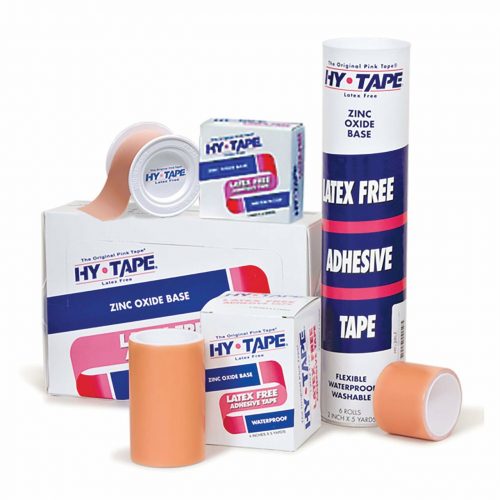
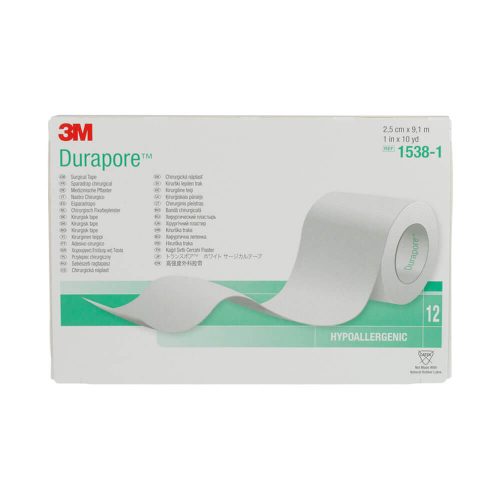
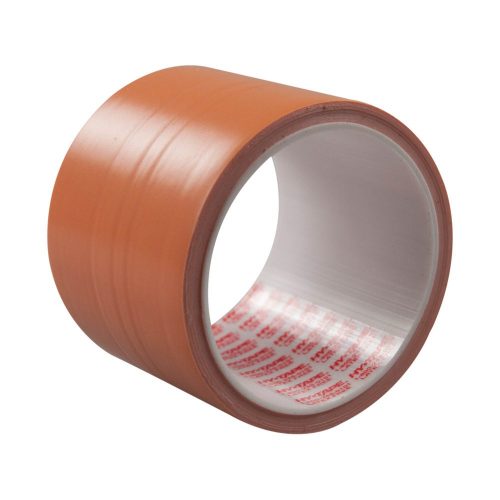
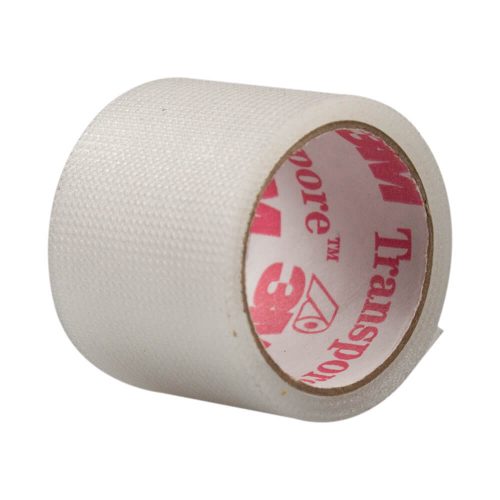
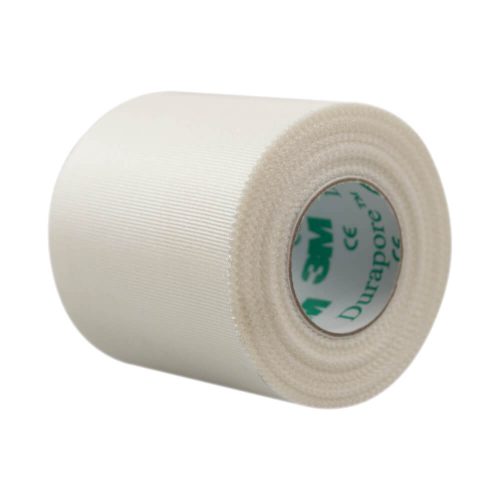
Medical tape is essential for securing dressings and tubes. However, medical and surgical tape encompass a range of materials and strengths, some of which may be better suited to the patient’s condition and skin.
Medical taping typically consists of a backing material and an adhesive to stay in place. A degree of pressure is often needed, whether the tape is applied at home or in a medical setting, to secure the material to a dressing and the skin. Medical tapes often have a paper, cloth, foam, silicone or plastic backing, with each material offering varying degrees of tear and water resistance. Medical Monks offers these various tapes from top manufacturers like 3M, Molnlycke and BSN Medical.
If the wrong type of tape is used or if the product is improperly applied, the patient may experience medical adhesive-related skin injuries (MARSI). Adhesive strips off the skin’s top layer, resulting in skin tears and other types of trauma that can compromise its composition, increase the risk of infection, delay wound healing and cause the patient pain.
The right type of medical tape should be based on:
No matter the type of medical tape, it should secure to the skin and remain in place after pressure is applied. To apply the tape:
